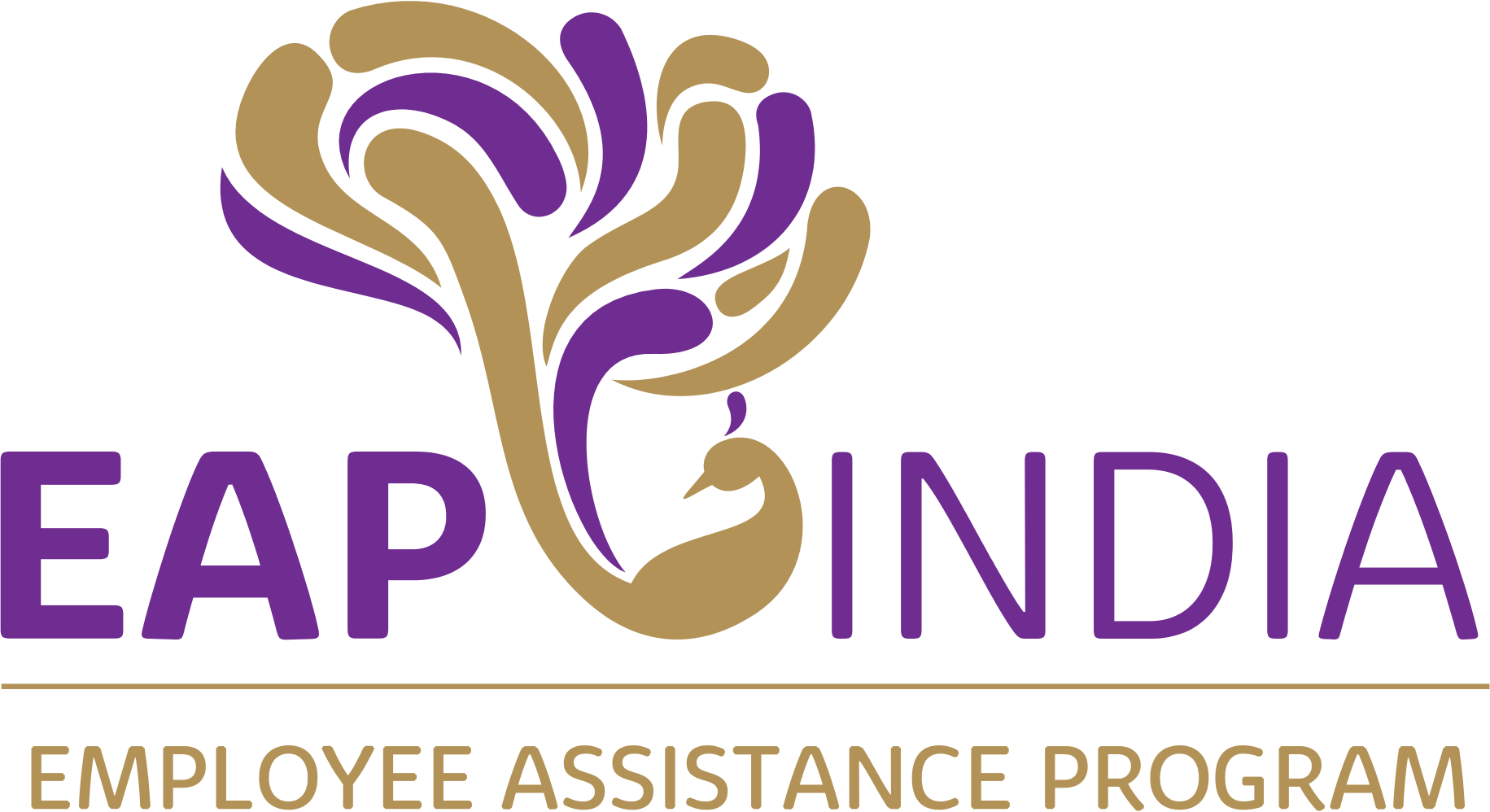Workplaces are more than just spaces for productivity; they are environments that significantly impact physical and mental well-being. It’s essential to recognize that employee wellness isn’t just about preventing illness—it’s about fostering a holistic culture of health that integrates both physical fitness and mental resilience.
The mind-body connection is well established in psychology and neuroscience. Chronic stress, poor nutrition, and a sedentary lifestyle not only reduce productivity but also contribute to burnout, anxiety, and long-term health conditions. Forward-thinking organizations understand that healthy employees are engaged employees, and investing in workplace wellness is not just ethical—it’s strategic.
1. Physical Health: The Foundation of Well-being
Movement Matters: The Role of Physical Activity
A sedentary work culture contributes to numerous health risks, including obesity, cardiovascular disease, and musculoskeletal issues. Research suggests that even short bursts of movement can improve concentration, mood, and overall job satisfaction.
🔹 Encourage walking meetings to reduce prolonged sitting.
🔹 Provide standing desks or active workstations to promote movement.
🔹 Offer on-site fitness programs or gym reimbursements.
Nutrition at Work: Fueling Productivity
What employees eat directly affects cognitive function, energy levels, and stress management. Workplace environments that promote healthy eating habits see lower absenteeism rates and improved focus.
🔹 Provide nutritious snacks in office spaces (fruits, nuts, whole grains).
🔹 Encourage hydration by offering water stations.
🔹 Organize educational sessions on mindful eating and balanced diets.
2. Mental Health: Creating a Resilient Workforce
Managing Workplace Stress Effectively
The American Psychological Association (APA) reports that workplace stress is one of the leading causes of mental health struggles. Chronic stress triggers cortisol production, which, over time, leads to fatigue, anxiety, and decreased immune function.
🔹 Implement flexible work models to prevent burnout.
🔹 Encourage short mental wellness breaks to enhance focus.
🔹 Promote stress management techniques like deep breathing and guided mindfulness.
Building a Culture of Psychological Safety
Employees should feel comfortable discussing mental health without fear of stigma. Organizations that foster psychological safety create higher levels of engagement, trust, and job satisfaction.
🔹 Offer Employee Assistance Programs (EAPs) for confidential counseling.
🔹 Train managers in mental health first aid to support employees effectively.
🔹 Encourage peer support networks for stress management.
3. The Holistic Approach: Integrating Physical & Mental Well-being
The most effective workplace wellness programs combine both physical and mental health initiatives rather than treating them separately.
🔹 Mindful movement – Activities like yoga and stretching reduce both physical tension and mental stress.
🔹 Healthy social connections – Team-building activities strengthen relationships and emotional resilience.
🔹 Work-life balance – Encouraging boundaries and recovery time leads to sustainable performance.
The Future of Workplace Wellness
A workplace that prioritizes employee well-being isn’t just a healthier place—it’s a more productive, engaged, and innovative one.
So, let’s redefine success by ensuring that physical and mental health go hand in hand—because a thriving workforce is a company’s greatest asset.




